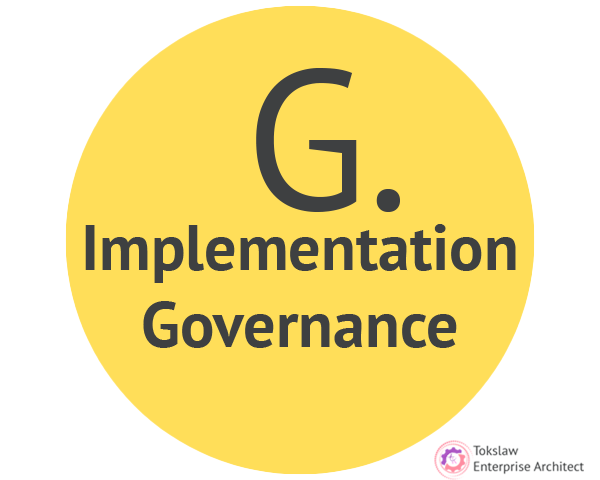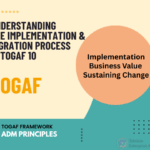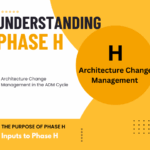The Implementation Governance Phase
This phase is pivotal because it focuses on governance and monitoring the implementation efforts carried out by various teams. The objective is to ensure that the changes being implemented align seamlessly with the original design specifications.
The Purpose of Phase G
The essence of Phase G is to confirm that all implementations adhere to the architectural designs we’ve set forth. It’s crucial, especially for architects, to ensure that any changes or deviations from the planned course are thoroughly reviewed and approved. This reflective process is vital to assess how these changes might impact overall business outcomes.
During this governance phase, architects will review requests for architectural work, the tailored architecture framework, and the established statement of architecture work. All elements from the preliminary phases, A and B, along with the approved roadmap and governance model, play a significant role in ensuring the success of this phase.
Key Components of Implementation Governance
At the end of Phase F, one of the essential outputs is the architecture contract. This contract is a mutual agreement between architects and implementation teams, clearly outlining responsibilities and expectations. As we progress, any necessary changes or new implementations will be considered inputs for upcoming cycles, including the approved implementation migration plans.
The implementation governance steps in Phase G involve confirming:
- Scope and Priorities: It’s essential to ensure that the development work aligns with the previously established architecture roadmap and migration plan.
- Order of Execution: Tasks must be executed in the correct sequence to prevent any disruption.
- Resource Allocation: We need to ensure that the necessary resources and skilled personnel are available for deployment.
Your Role as an Architect
As an architect in this phase, your role transitions to that of a guide. You’re not directly involved in the development but play a critical part in guiding the development teams. Articulating the importance of certain tasks helps the teams identify appropriate technical solutions to meet business requirements.
Additionally, compliance reviews will be conducted to ensure that any developed or acquired solutions, whether they’re off-the-shelf products or third-party software, comply with the architectural standards and support business and IT operations.
Collaboration and Post-Implementation Reviews
Phase G also involves collaboration with various teams beyond the development teams. Once everything is implemented, it’s important to conduct thorough post-implementation reviews.
However, any forthcoming changes will be part of a new cycle rather than adjustments to the current one. Maintaining clarity on this is essential for a smooth transition into future phases.
The Architecture Contract
The architecture contract serves as a joint agreement between development partners and business sponsors. This agreement ensures that everyone on the team agrees that the planned implementations fulfill the intended purpose of the architectural design.
As we navigate potential change requests, such as finding easier or more cost-effective solutions, submissions will go to the architecture governance team for approval. These change requests will constitute outputs from this phase.
The ultimate goal of Phase G is to deliver viable solutions that help steer the business on its intended path. All business requirements set at the outset should ideally be addressed through the solutions developed during this phase. Importantly, there are no specific artifacts produced in Phase G,just a clear completion of the implementation work done, allowing us to transition smoothly into the next phase.
In this journey of continuous improvement and adaptation, the role of the architect as a facilitator and overseer remains key to achieving the desired outcomes. Let’s move forward and refine our processes in the next area!



